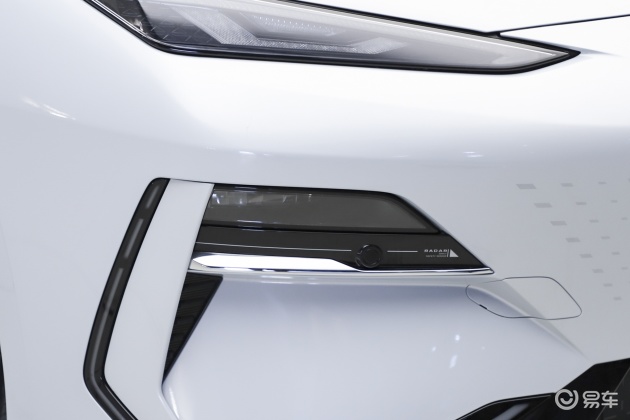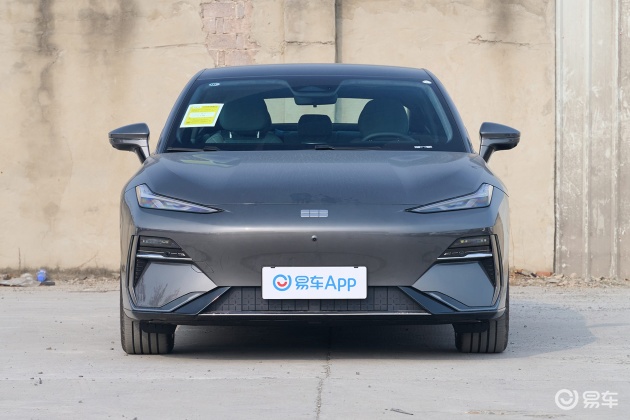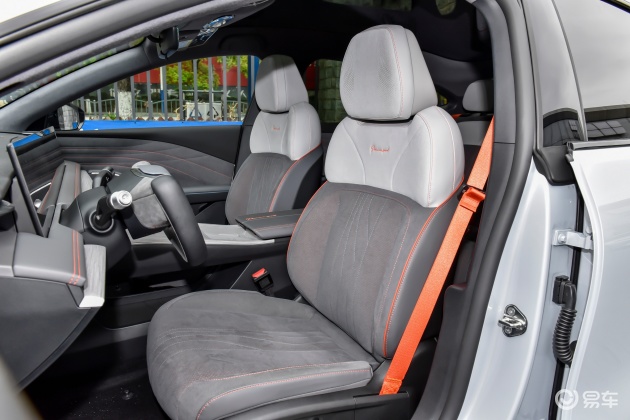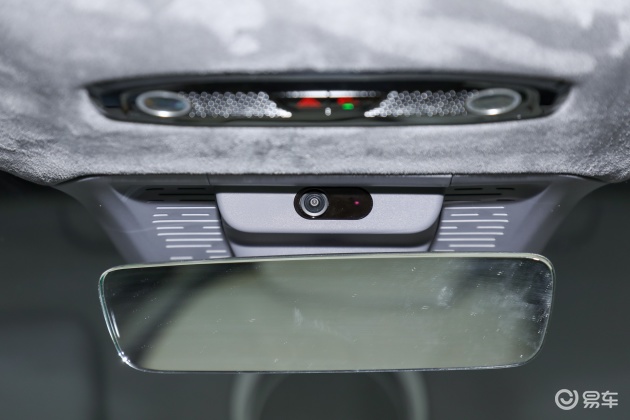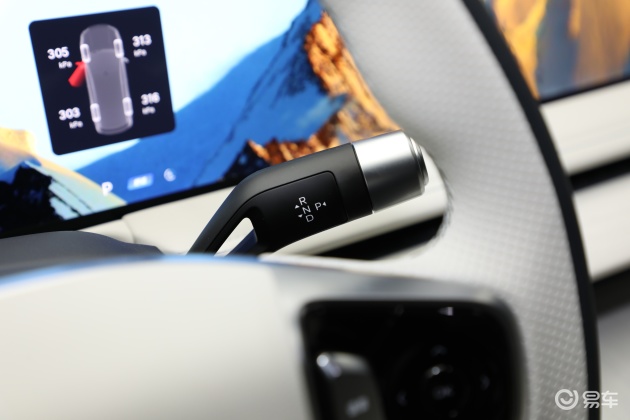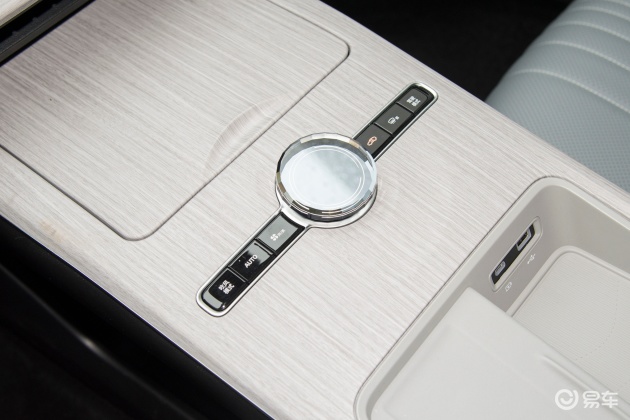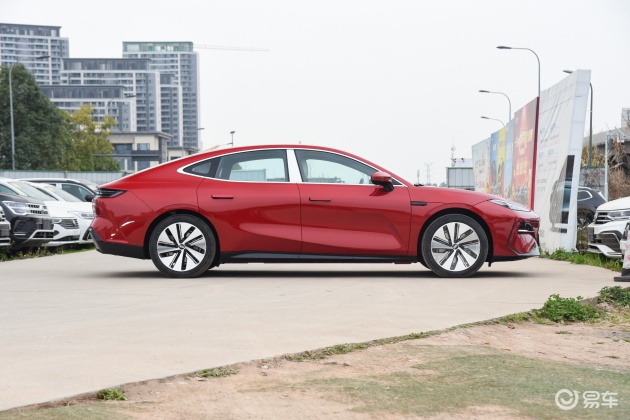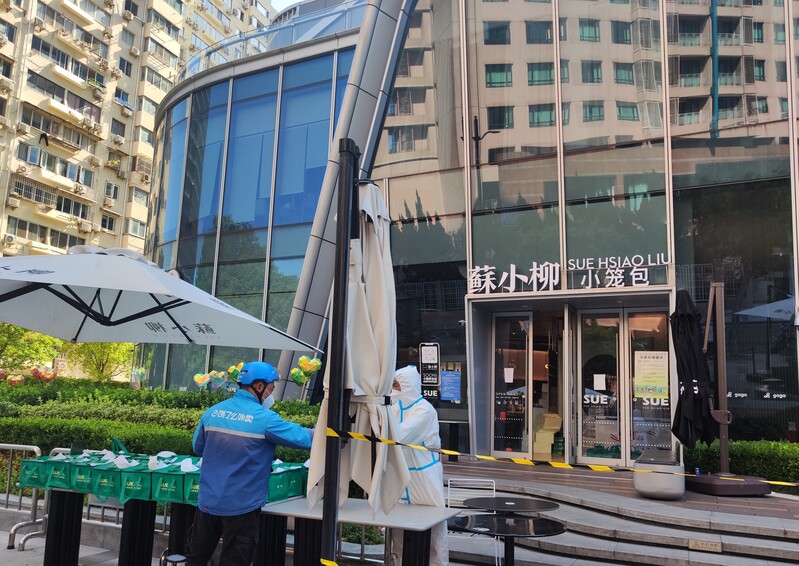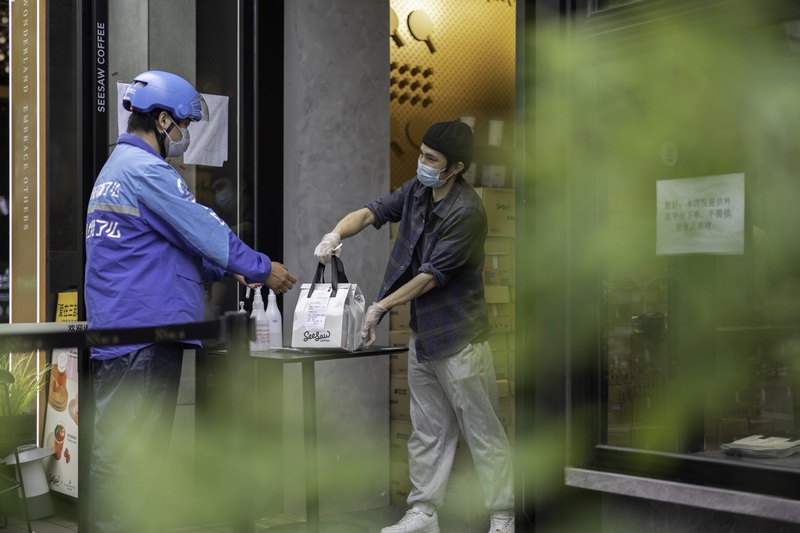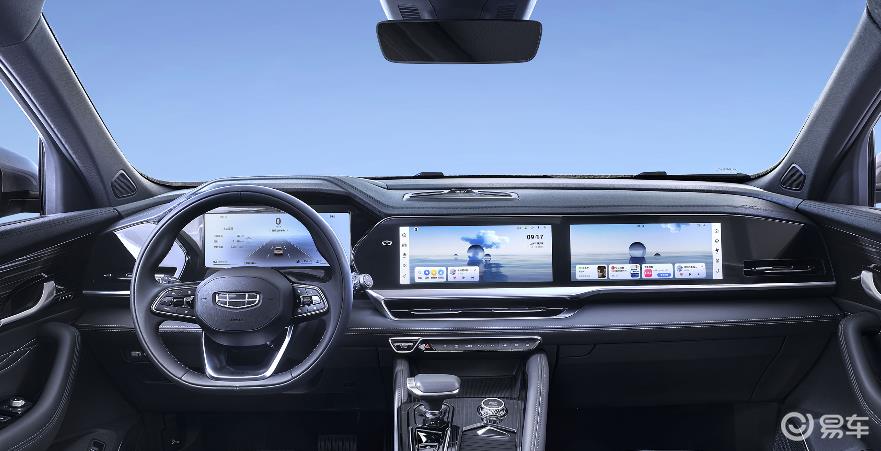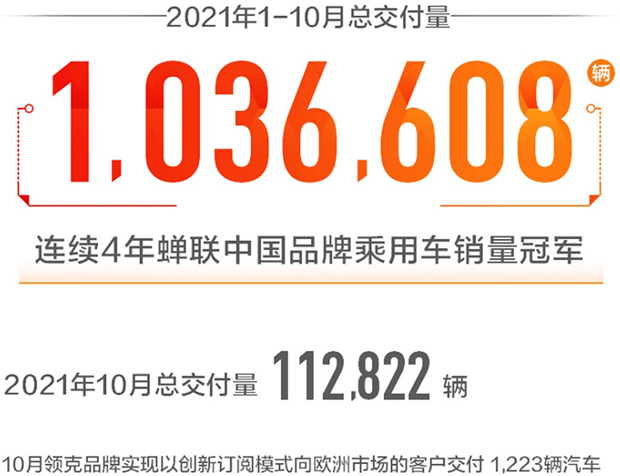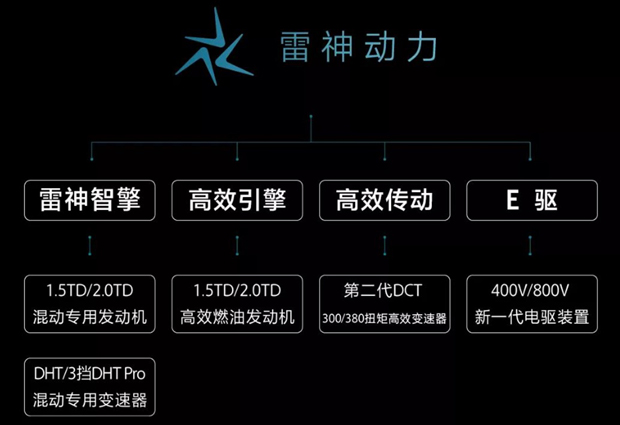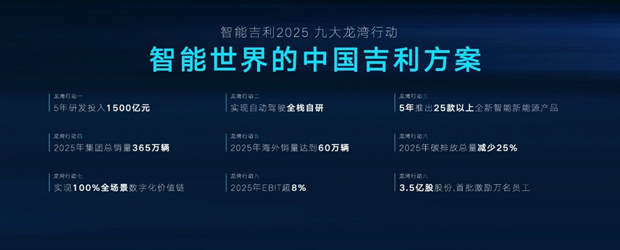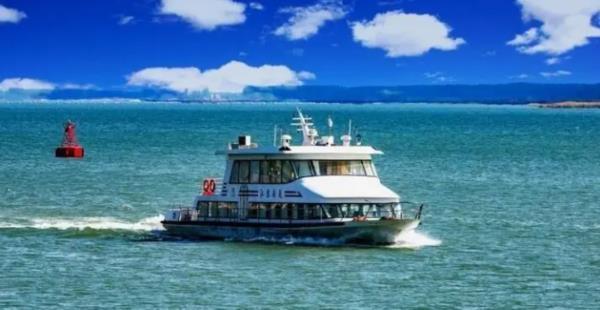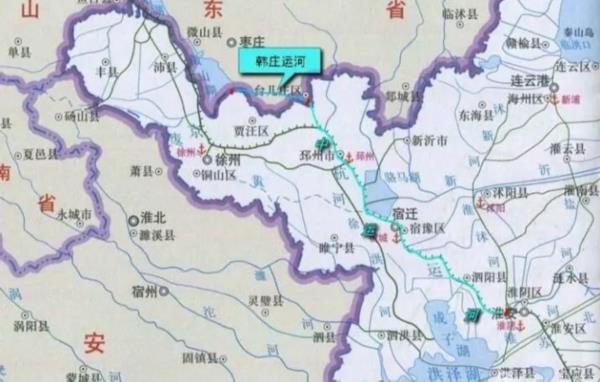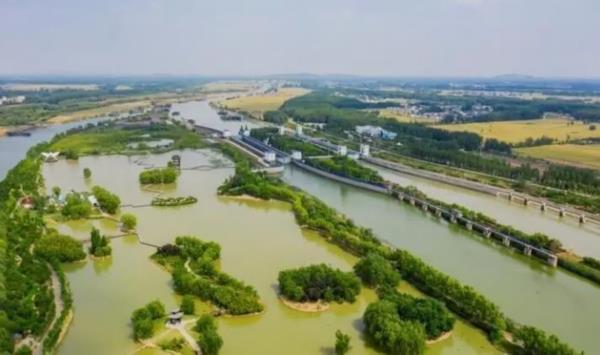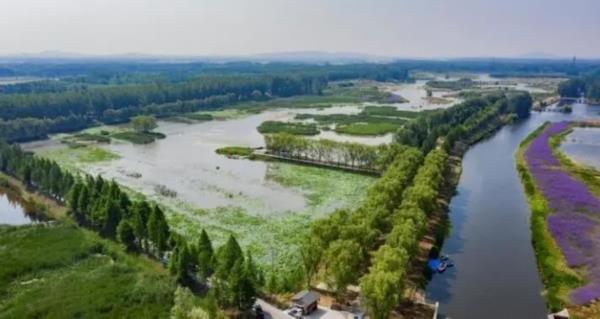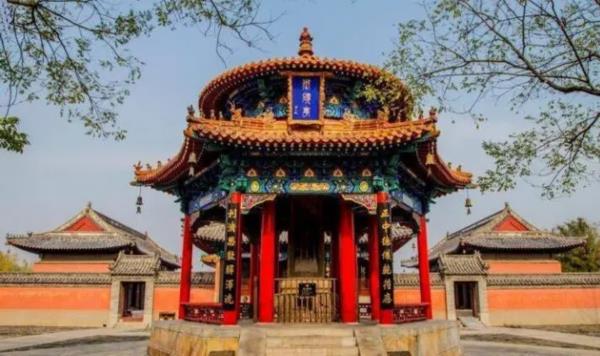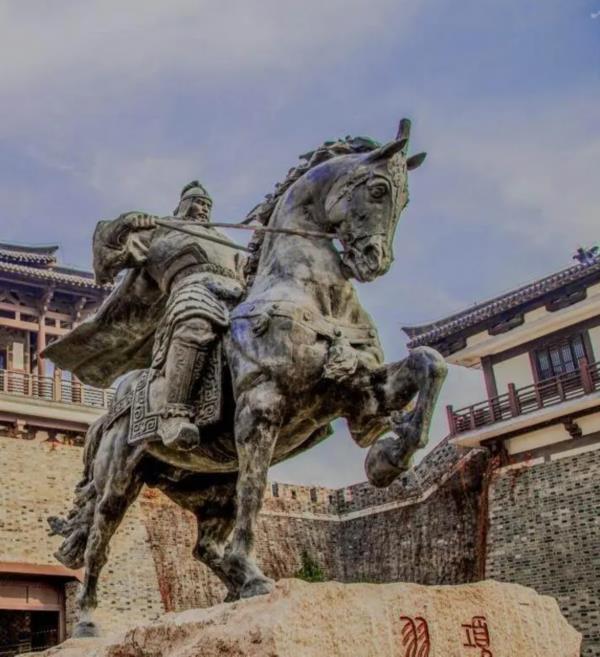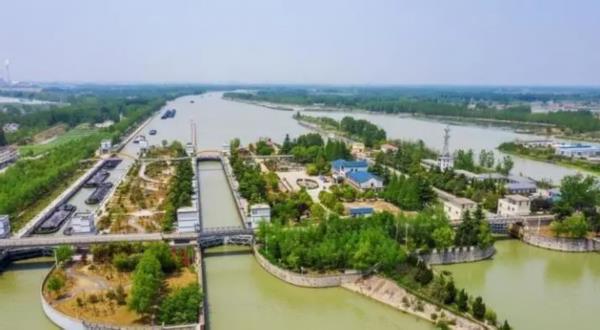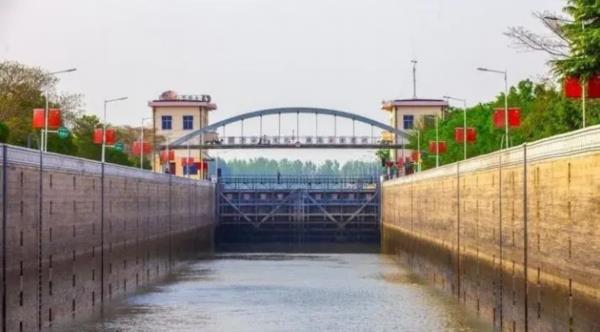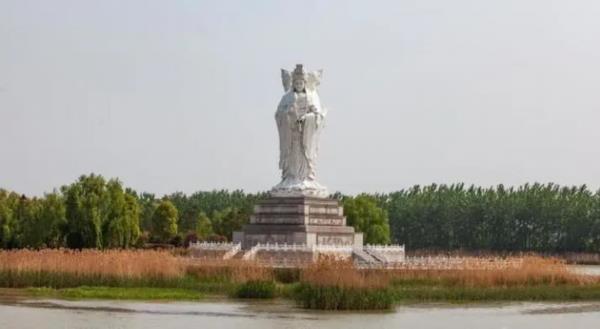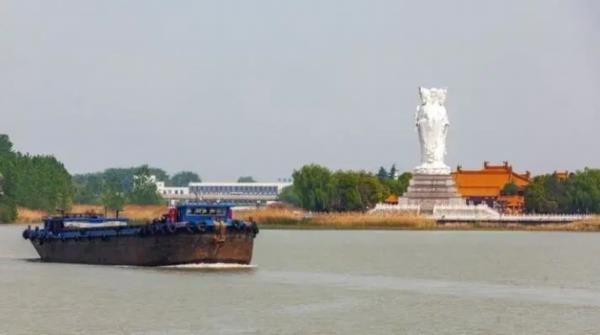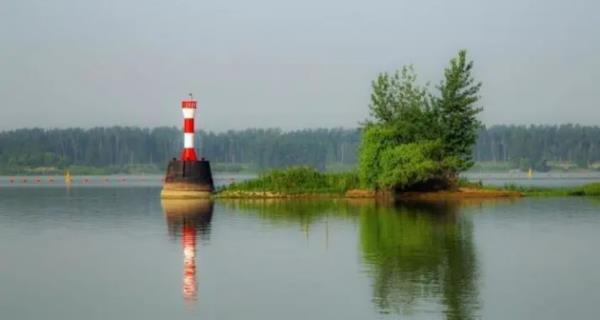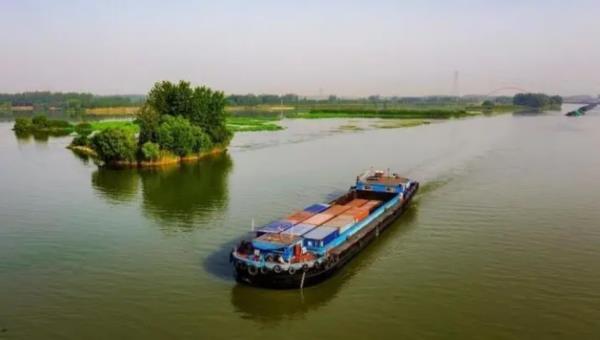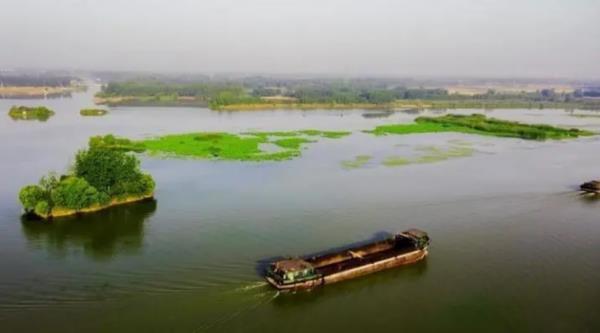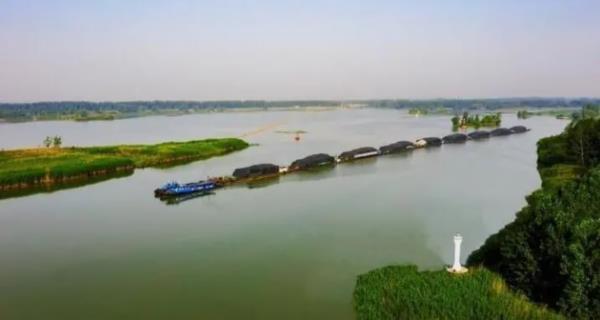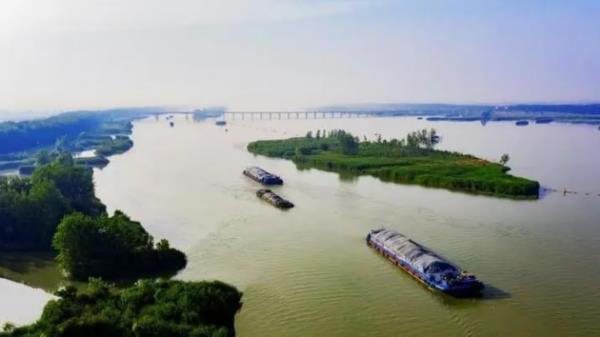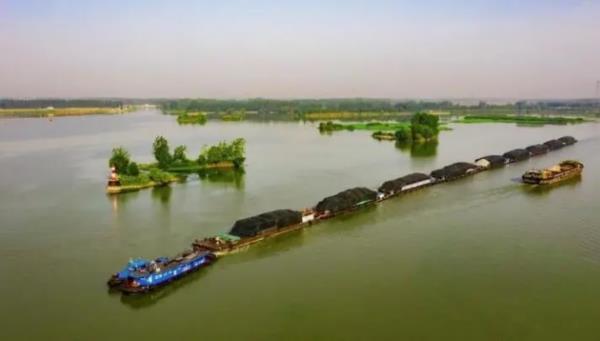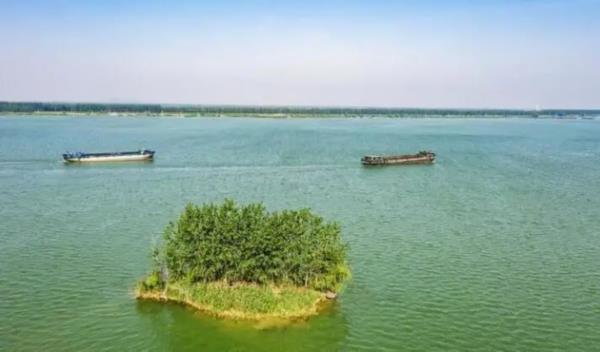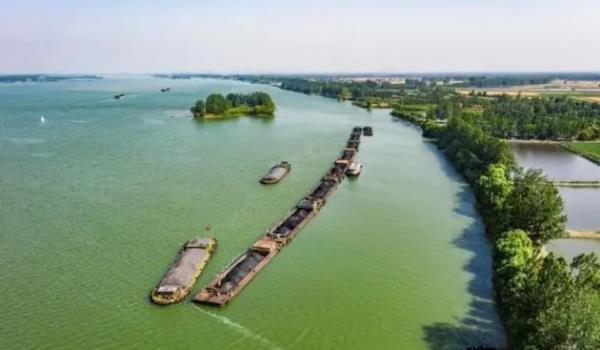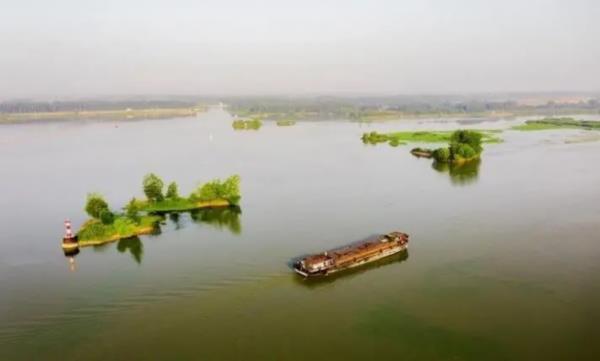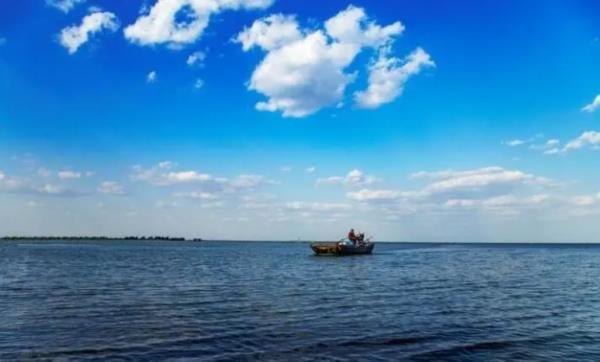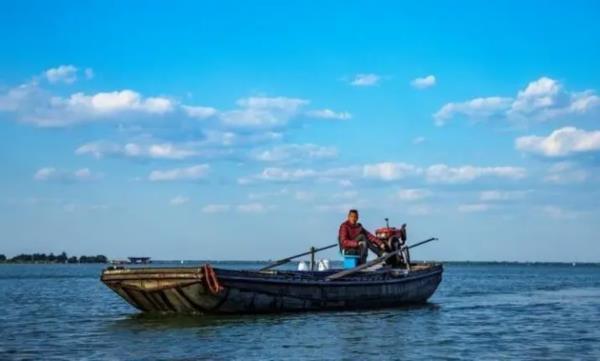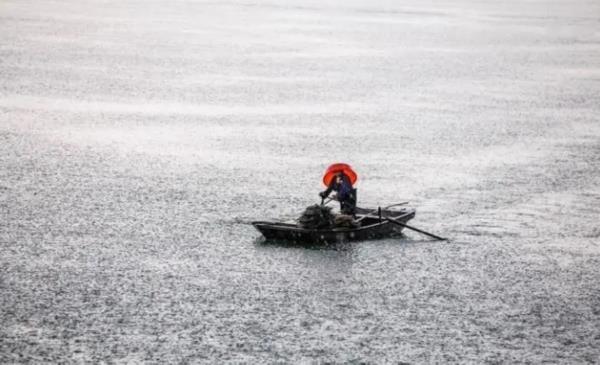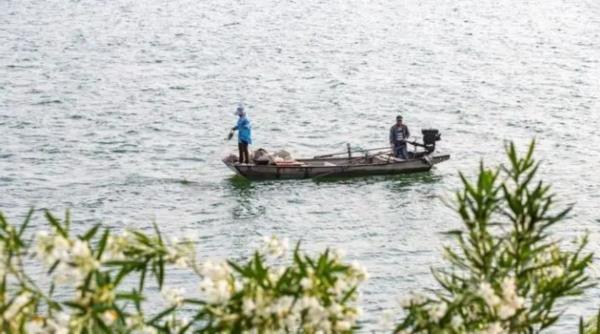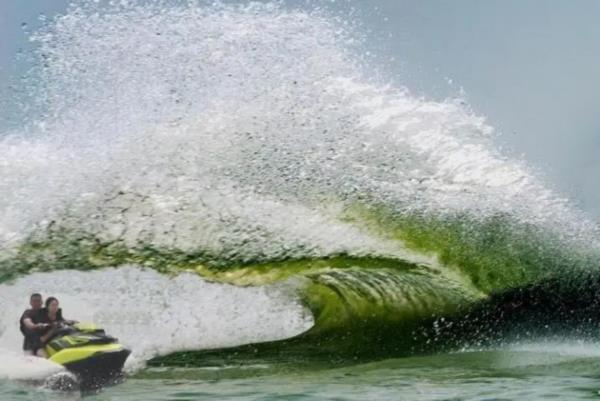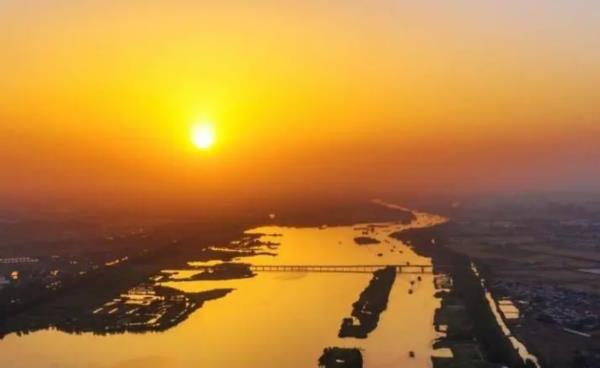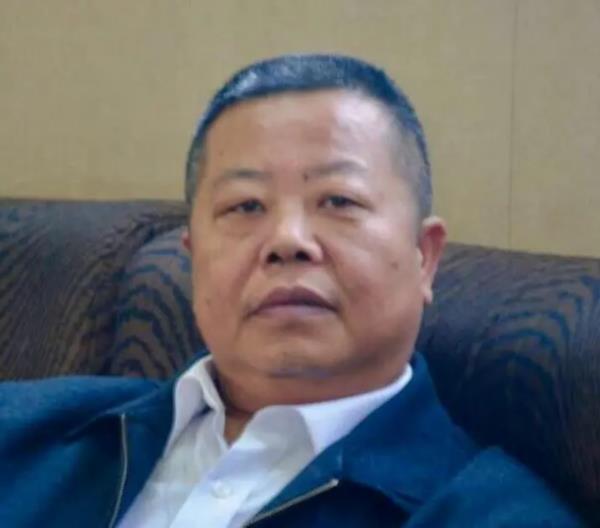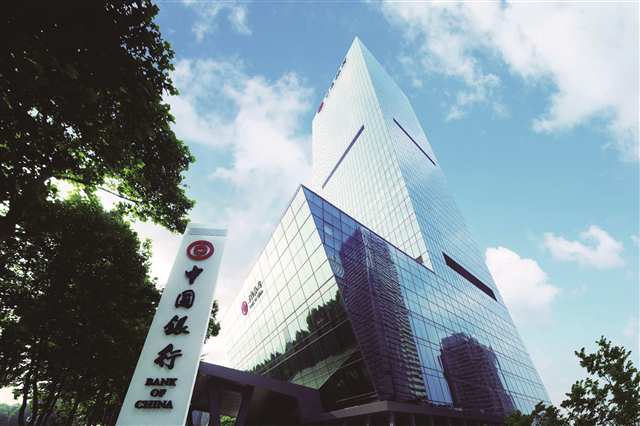How can a Inner Mongolia beverage company achieve a leap?
Text | Fat Whale Headlines Amy Dawen
Xi’an’s Bingfeng, Beijing’s Arctic Ocean, Qingdao’s Laoshan Cola, Sichuan’s Tianfu Cola, everyone "takes the mountain as king", but recently there is a big kiln soda that spans the north and south and is rapidly becoming popular.
You know, this beverage company from Inner Mongolia has a history of 30 years, but until 2017, Dayao was only a well-known marginal beverage in the north, and even the local people in Inner Mongolia did not drink much, belonging to the beverage company with difficulties in survival. But by 2022, Dayao achieved a big leap and became a "Coke-level" national beverage.
We have built eight production bases in line with national standards, covering the four major regions of Northwest China, North China, East China and Northeast China. We have completed market layout in 31 provinces and autonomous regions across the country, established more than 1,000 dealer teams, and completed the construction of more than one million end point channels. The turnover has been sold to 3 billion, and the local marginal beverage has successfully become a well-known beverage in the country. We have completed the dream of "nationalization" of local beverages such as Bingfeng, Arctic Ocean, and Laoshan Cola.
And to do all this, the big kiln did not follow the "domestic product feelings" that many companies are taking. Although the "domestic product feelings" road has been verified and effective by countless companies, there is also a fundamental problem, that is, it will lose its influence as the heat of the event decreases. So, how can the "old brand" big kiln that does not follow the domestic product feelings make itself break through the geographical restrictions "big red and big purple"? The answer is three sharp blades.
Product Communication: Breaking the Routine
The first sharp edge of the kiln is to create breakthroughs in the product.
What to buy is the first problem to be solved by marketing. Without a knock-out product, many zeros of marketing lose the most important leading 1. Can soda products still be innovative? Countless beverages are being done, and it seems that there are various categories. How can we innovate?
Big Kiln seized a "mindset" in the soda industry and started "micro-innovation". Almost all glass bottles were made into 240ml bottles by convention. Everyone did it, and everyone never thought there was any problem. But think about it, when you drink soda, do you have a feeling of unfulfilled satisfaction? And this feeling of not enough is the opportunity of Big Kiln.
Big Kiln Soda Water put forward the concept of "Big Soda Water", shouting the slogan "Big Soda Water, Drink Big Kiln", and took the lead in launching 520ml and 550ml large-capacity glass bottles, but on the basis of doubling the capacity, the price is similar to other 240ml drinks. For example, on JD.com, Big Kiln soda glass bottles with 520ml * 12 bottles cost 64.90 yuan, while Arctic glass bottles with 248ml * 12 bottles cost 66.90 yuan. Just the innovation in capacity and the advantage in price allowed Big Kiln to create a new category in the soda industry – "big soda".
This micro-innovation allowed Big Kiln to seize the opportunity, and used the brainwashing slogan of "Big Soda, Drink Big Kiln" to occupy consumers’ consumption minds of "Big Soda" and forcefully bind "Big Soda" and "Big Kiln". From then on, when everyone thought of drinking soda, the large and inexpensive Big Kiln "Big Soda" became the first choice.
Scene communication, catering linkage
The second sharp blade of the big kiln is to bind the catering consumption scene.
With the product, it also needed a suitable scene. The "big soda" in the big kiln was born to be prepared for "nightlife catering" such as supper, hot pot, barbecue, food stalls, etc. So, how can we enter this consumption scene? It is the problem that the big kiln needs to solve.
The "nightlife dining" scene has been divided into major beverages and sodas. In addition to the two series of carbonated beverages of Coca-Cola and Pepsi, there are also major local sodas, leaving not much room for the "big kiln". How can the merchants give up some big brands and local characteristics and choose the big kiln? The big kiln’s method is to give merchants and distributors higher profit margins, so that profits can open up the consumption scene for the "big kiln".
For the big kiln soda, the price of the first-level dealer is about 17.5 yuan/box, the second-level dealer is about 22 yuan/box, and then the price is about 25 yuan/box at the end point. After conversion, the gross profit of each bottle of soda can reach about 3 to 4 yuan. What is the concept of gross profit? Merchants selling a bottle of Coca-Cola for 3 yuan can only earn about 0.6 yuan. That is to say, the profit has reached 6 times that of Coke. Such profit temptation is the core weapon for the big kiln to enter the major catering scenes in the north and south.
Under the blessing of the nightlife scene, the advantage of "big soda" is even more obvious. Before occupying the minds of consumers, the big kiln successfully occupied the minds of merchants and distributors.
Star Communication: Locking Wu Jing
The third sharp blade of the big kiln is to bind stars and take advantage of the situation to spread.
Celebrity endorsement is a common routine in marketing, but which celebrity endorsement to choose? In fact, it is very particular. As a food and beverage company, the adaptability of celebrities and consumption scenes must be high, and stars with high temperament are not suitable for the hot scene of catering. And to let more people pay attention to this drink, the recognition of celebrities has become a necessary condition.
Among the national-level celebrities, the big kiln chose Wu Jing, who was eaten by both men and women. Once selected, the big kiln and Wu Jing were "strongly bound". You search for the big kiln, and before opening the official website, the big kiln began to tell you "Wu Jing endorses the big kiln" with "great fanfare".
In fact, the strong bond between Dayao and Wu Jing did not last long. In early 2022, Dayao **ficially announced Wu Jing as the spokesperson. At this time, Wu Jing’s popularity was not as high as those ** "Wolf Warrior" and "Wandering Earth". However, with the exposure ** this year’s ****** Festival file "Wandering Earth 2", Dayao also took advantage ** Wu Jing’s east wind to continue to develop. In order to further expand its influence, Dayao took the advertisement to the extreme. Online, Wu Jing held the TVC ** "Dayao" on CCTV, and **fline, the ******* subway light box advertisement refreshed everyone’s understanding.
Relying on Xiaohongshu and Douyin blogger’s recommendation and promotion, Dayao has pushed traffic marketing to the extreme. And Wu Jing’s endorsement has also brought huge rewards to Dayao. Many consumers follow the Dayao soda that Wu Jing knows. Among the soda, the unique "Wujing avatar" of Dayao soda has become the reason for many consumers to choose.
Fat Whale Review
The product and scene of "Big Soda" and "Catering Scene" were dual-bound, and with precise and intensive marketing, Dayao quickly introduced it to consumers across the country. It made Dayao from a second-line beverage in Inner Mongolia to a national-level beverage across the north and south.
Looking at the rise of the big kiln, the three sharp blades did not seem to have taken a particularly big step in terms of products, scenes and endorsements. They were all carrying out "micro-innovation", but the three micro-innovations produced huge marketing effects and promoted the big development of the big kiln. Maybe in marketing, we need to learn from the targeted micro-innovation of the big kiln and see more possibilities for change.
